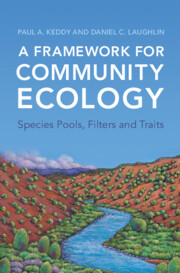Bibliometric research illuminates the scientific development of soil health (SH) studies in the Brazilian Semiarid, which are crucial for sustainable agriculture and mitigating climate change impacts. However, research trends on SH in the Brazilian Semiarid are still not well understood. This study aimed to illustrate how SH has been addressed in research concerning the Brazilian Semiarid. Terms such as ‘soil health,’ ‘soil quality,’ ‘biological quality,’ ‘chemical quality,’ ‘physical quality,’ as well as ‘Caatinga,’ ‘Brazilian Semiarid,’ and ‘Brazilian Northeast’ were searched in the Scopus® database. Bibliometric parameters were catalogued by the number of publications per year, most cited articles, primary institutions, main journals, and keyword frequency. The articles were evaluated based on the examination of chemical, physical, and biological indicators, and a similarity test was conducted to group articles according to these indicators. The bibliometric analysis reveals a significant increase in scientific output since 2020. Embrapa research centres contribute significantly to this expanding body of knowledge, with the leading journal ‘Revista Caatinga’ reflecting a specialized focus on the region’s unique challenges. The most evaluated indicators were pH, soil organic carbon, P, Ca2+, Mg2+, K+, and bulk density, but the prevalence of biological indicators, such as soil organic carbon (SOC), activity of enzymes such as alkaline and acid phosphatase, and ß-glucosidase, microbial activity, and soil fauna, underscores key research themes. These findings highlight the practical implications of SH research, but while increased research is commendable and increasingly necessary, studies are still scarce. Increased research is vital for the development of strategies that contribute to the long-term sustainability of the Brazilian Semiarid region.
